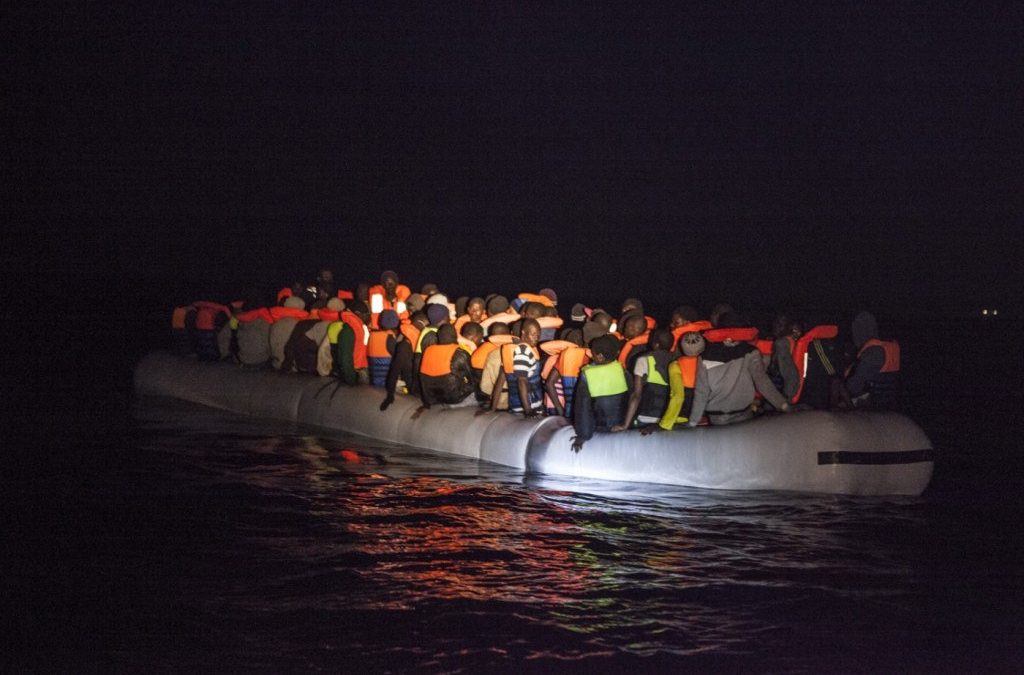Reviewing four decades of trans-Mediterranean migration, the Mediterranean route to Europe is still the deadliest in the world. Despite intense political efforts to stop crossings and slight changes in movement patterns, the Mediterranean Sea –mainly the Central Mediterranean route – remains the main way for refugees and migrants to enter Europe. With more than half the number of arrivals in 2017 compared to 2016, the number of death remains disproportionally high.
The UN Migration Agency Missing Migrants Projects’ update as of 26 November 2017 documented the topping of the benchmark of 3.000 people drowning in attempts to reach Europe via the Mediterranean Sea. Though the total figure of 3.033 deaths remains lower than the 4.757 drowning victims documented in the same period of 2016, the death rate increased considering the total number of arrivals of 163.979 (2017) and 348.591 (2016).
The recently published 3rd quarter update ‘Desperate Journeys’ for the period July to September 2017 by the UN Refugee Agency further reveals, that increasing political efforts to reduce crossings on the Central Mediterranean route mainly resulted in a diversification of traffic across the Eastern and Western Mediterranean, and that “thousands continue to attempt desperate and dangerous journeys each month.”
Analyzing patterns of trans-Mediterranean migration since the 1970s, the report ‘Four Decades of Cross-Mediterranean Undocumented Migration to Europe’ by the UN Migration Agency’s Global Migration Data Analysis Centre (GMDAC) underlines that with 33.761 migrants reported death or missing between 2000 and 2017, the European Mediterranean border “is by far the world’s deadliest.” The report highlights inter alia, the diversity of groups and reasons causing people to attempt irregular sea crossings and concludes that the rigid distinction between migrants and refugees in the context of Mediterranean migration is misunderstood given the common dangers of they face.
“Stopping migration and eradicating deaths at sea may [be] conflicting objectives. Shutting the shorter and less dangerous routes can open longer and more dangerous routes, thus increasing the likelihood of dying at sea,” states Prof. Fargues, European University Institute and author of the UN Migration Agency’s report.
For further information:
- ECRE, Romania witnesses increase in sea arrivals through the Black Sea, 15 September 2017
- ECRE, IOM-UNICEF Report: 77% of young people crossing the Mediterranean have experienced abuse and exploitation, 15 September 2017
- ECRE, Number of deaths in the Mediterranean reaches all-times high, 02 September 2017
- ECRE, Central Med: Mounting number of drownings amid sparking debate on civilian search and rescue operations, 12 May 2017
- ECRE, New IOM data show widespread abuse, trafficking and exploitation of refugees and migrants on the Central Mediterranean route, 24 October 2016
Photo: (cc) Thomas Kieselbach, 22 June 2017

